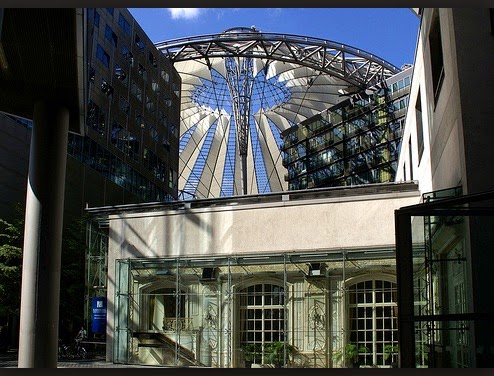Sarah Massie is the Director at the Nicholas Metivier Gallery in Toronto. She has over a decade of experience in the art world and an amazing collection of her own. See her advice below and check back soon for a tour of her house.
Sarah Massie and her husband Dan
DA: In your opinion, what are the benefits to collecting art?
SM: Collecting art can be a very personally rewarding experience, just like any other hobby and getting to know dealers and galleries can be a very social and engaging pastime. Unlike other furnishings, art does not get "tired" or old fashioned. If purchased for the right reasons - you have done your research on the gallery and artist - you will always feel the connection you felt when you purchased the work and this feeling will in fact become richer over time as you and your collection changes. Hopefully the time and research you have invested in collecting should also result in your art increasing in value.
DA: What’s the best way to start an art collection? Do you recommend building around one large piece or dipping your toe in with a smaller piece?
SM: Starting a collection should begin with researching artists and galleries. The scale of the work should be irrelevant in terms of where to start. As for the financial commitment, it is helpful to have a budget and communicate this to the dealer and they will give you options.
Some of the things to look for when researching an artist are past exhibitions, catalogues, public and corporate collections as well as where this particular work fits within their practice. Is it their preferred medium? What is the series and what is it about?
DA: To the average person, the art market seems saturated. Given that there is so much to choose from, how to you tailor your search and not get overwhelmed?
SM: Start with researching reputable galleries, talk to friends that collect and ask for their recommendations as well as look at local art magazines, blogs, and reviews. Once you have found a few galleries that represent artists of interest, make appointments and ask them to show you a few works by artists you have selected from their website. Narrow you favorite artists and decide and the works you like best. It may take awhile to wait for a work you like in the right scale and price point but be patient. Good galleries will keep in touch and call you when works they think you will like come in.
"You will always feel the connection you felt when you purchased the work and this will in fact become richer over time as you and your collection changes."
DA: How can you tell whether a piece will increase in value or even hold its value?
This is very tricky and you should be wary of galleries that use a works potential to increase in value as a sales tactic. That said, if you are paying $10,000 plus for a work you should be looking for impressive exhibition history, catalogues and collections which will all help with the work increasing in value over time.
Emerging artists can be very rewarding to purchase but are more risky for long term investment.
DA: Who are some of your personal favourite artists?
DA: Who are some up and coming artists to watch out for?
SM: Some of the younger artists we have taken on at the Nicholas Metivier Gallery include Stephen Appleby-Barr, Keita Morimito and Charles Bierk. I believe they all have very bright futures. I also really like the work of Erin Shirreff, a Canadian based in New York. She is represented by Sikkema Jenkins and they have featured her work the last few times I have visited their booth at art fairs.
DA: What is your personal criteria for buying art?
SM: Usually it is a combination of falling in love with the work visually and finding the story behind it compelling. Ultimately I am not able to stop thinking about it and fear someone else getting it before I do!
DA: Any tips on installing art at home?
SM: Buy a laser level. The mid point of the work should be about 56". Avoid hanging any art in direct sunlight but particularly works on paper.

















.jpg)
.jpg)
.jpg)